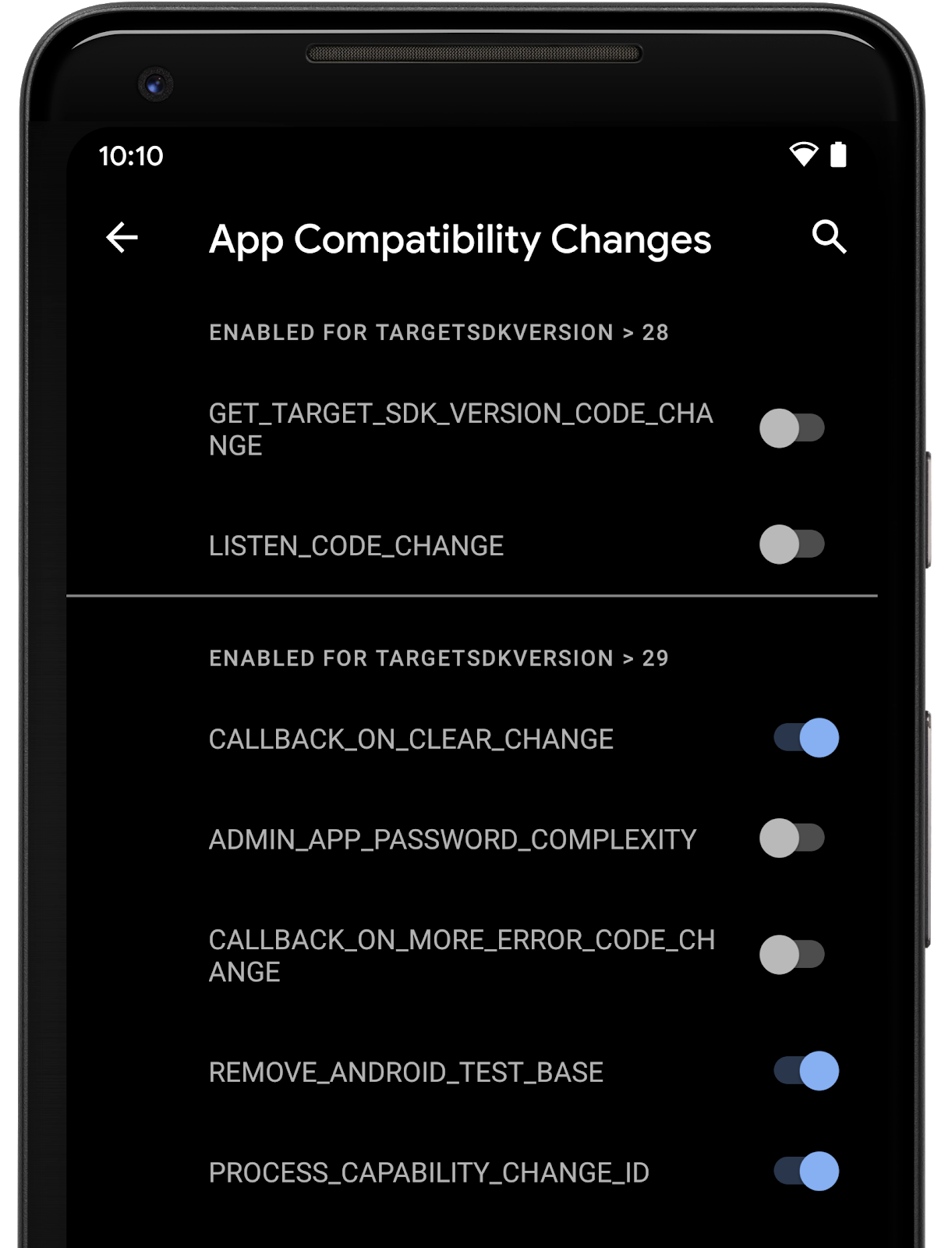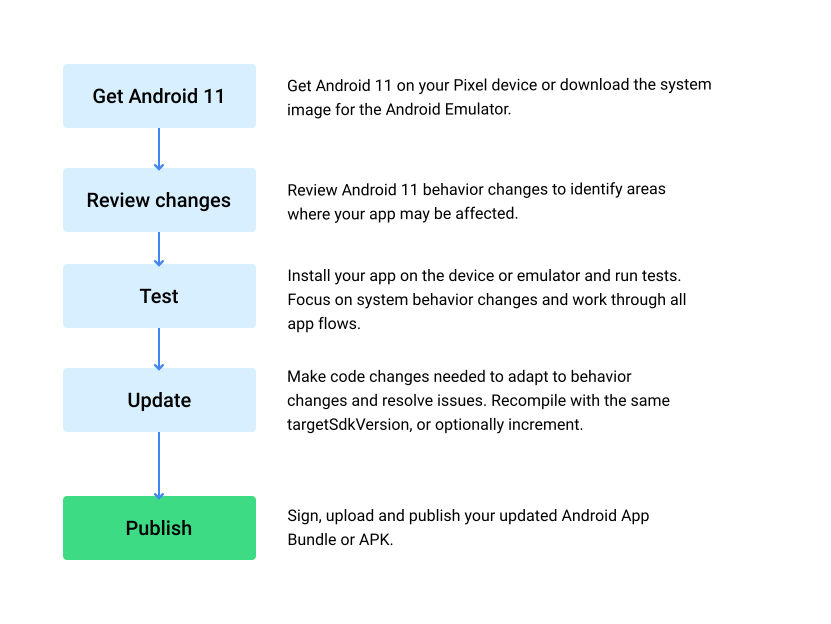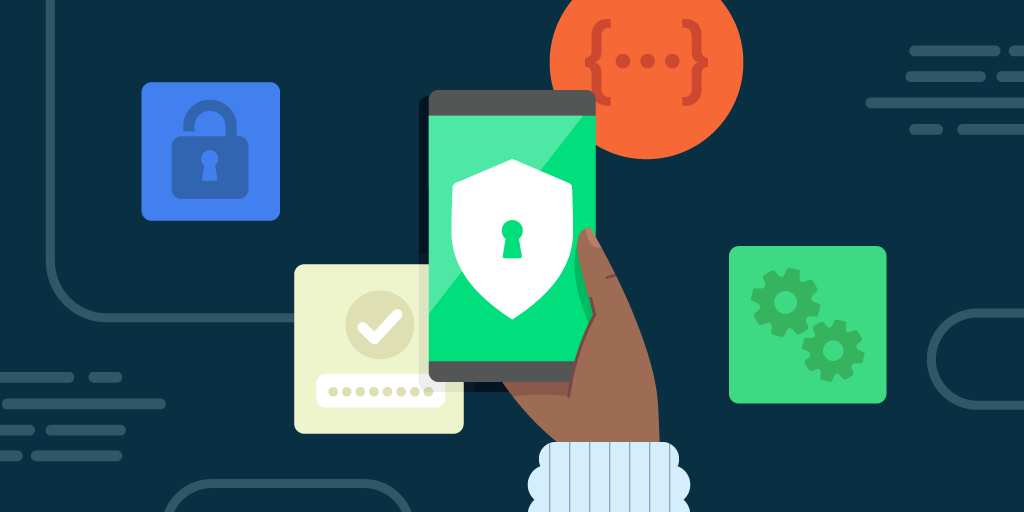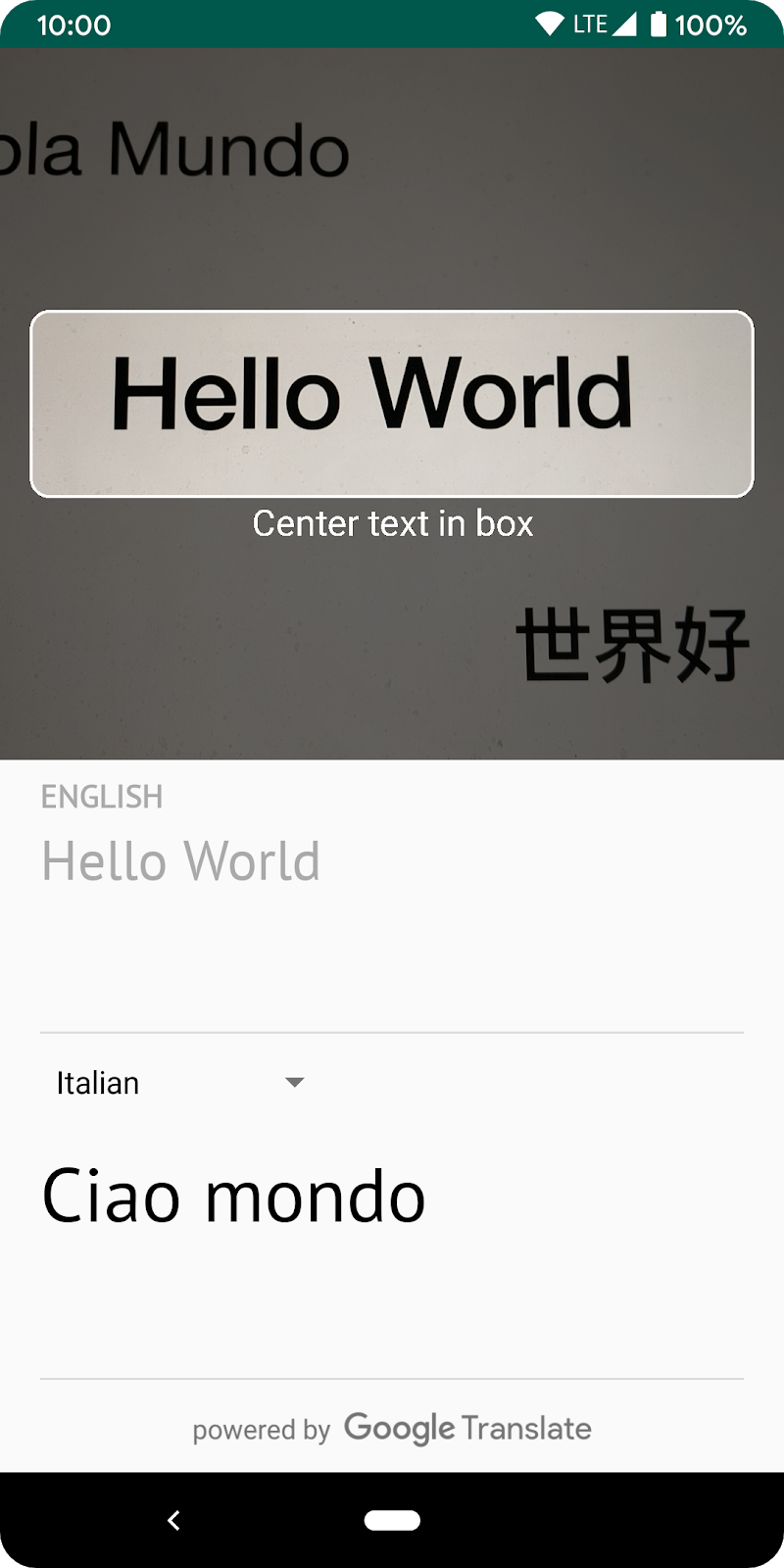Posted by Dave Burke, VP of Engineering
A few weeks ago we unwrapped the first Beta of Android 11 with a focus on people, controls, and privacy. As we highlighted in the #Android11Beta Launch, we’re making Android more people-centric and expressive, helping users control their smart devices, and giving them even more control over sensitive permissions. Developers can use APIs like Conversations, Bubbles, Device Controls, and Media Controls, to integrate these experiences into their apps.
Today we’re pushing out the second Beta of Android 11 for you to try. This release takes us to the Platform Stability milestone, which means that Android 11’s APIs and behaviors are finalized. For developers, it’s time to get started on your final compatibility updates and publish them in time for the official release later in Q3.
This week’s theme in #11 Weeks of Android is Android 11 Compatibility and we’ll be sharing helpful content and materials all week. You can find them on the #11 Weeks page or follow Android Developers on Twitter and Youtube.
You can get Beta 2 today on your Pixel 2, 3, 3a, and 4 device by enrolling here for over-the-air updates, and downloads are also available. If you previously enrolled for Beta 1, you will automatically get the over-the-air update. Let us know what you think, and thanks for the feedback you’ve provided so far!
Platform Stability
Beta 2 brings Android 11 to Platform Stability, a new release milestone that we added this year just for developers, based on your feedback.
Platform Stability means that all app-facing surfaces and behaviors are now final in Android 11. This includes not only final SDK and NDK APIs, but also final system behaviors and restrictions on non-SDK interfaces that may affect apps. So from Beta 2, you can release compatibility updates with confidence that the platform won’t change. More on the timeline is here.

With the platform now stable, we’re encouraging all app and game developers to start your final compatibility testing and publish your updates ahead of the final release.
For all SDK, library, tools, and game engine developers, it’s even more important to start testing now and release your compatible updates as soon as possible -- your downstream app and game developers may be blocked until they receive your updates. When you’ve released a compatible update, be vocal and let developers know!
Why app compatibility is important
For Android, the term app compatibility means that your app runs properly on a specific version of the platform, typically the latest version. You can check this right now by installing your production app on a device or emulator running Android 11. Just test all of the user flows and features, and if the app looks and runs properly, then you’re done, it’s compatible!
It sounds simple, but sometimes there’s more to it. With each release, we make integral changes that improve privacy and security, as well as implement changes that evolve the overall user experience across the OS. Sometimes these can affect your apps, so it’s important to take a look at the behavior changes and test against them, then publish the compatible update to users. It’s a basic but critical level of quality.
App compatibility comes into play as users update to the latest version of Android, whether they’ve purchased a new device or installed an update on their current device. They’re excited to explore the latest version of Android, and they want to experience it with their favorite apps. If the apps don’t work properly, it’s a major issue - for users and for all of us.
So while there are a ton of new APIs and capabilities to explore, and more changes to consider when you’re ready to change your app’s targeting, start by testing your current app and releasing a compatible update first.
Updates to Pixel and other devices will get started as soon as Android 11 reaches the final release to Android Open Source Project (AOSP), which we expect later in Q3. Multiple partner devices are also in active public previews now to support your compatibility testing.
Making app compatibility easier in Android 11
With each release, we’re working to reduce the work you’ll need to do to get your apps ready. In Android 11, we’ve added new processes, developer tools, and release milestones to minimize the impact of platform updates and make it easier for apps to stay compatible.
- Minimizing the impact of behavior changes - we’re making a conscious effort to minimize platform changes that could affect apps by making them opt-in, wherever possible, until you set targetSdkVersion to Android 11 in your app. If you are distributing through Google Play, you’ll have more than a year to opt-in to these changes.
- Easier testing and debugging - To help you test for compatibility, we’ve made many of the breaking changes toggleable - meaning that you can force-enable or disable the changes individually from Developer options or adb. With this change, there’s no longer a need to change targetSdkVersion or recompile your app for basic testing. Check out the details here.

App compatibility toggles in Developer options.
- Restrictions on non-SDK interfaces - as part of our ongoing effort to gradually move developers away from non-SDK APIs, we’ve updated the lists of restricted non-SDK interfaces, and as always your feedback and requests for public API equivalents are welcome.
- Dynamic resource loader - As part of their migration away from non-SDK interfaces, developers asked us for a public API to load resources and assets dynamically at runtime. We’ve now added a Resource Loader framework in Android 11, and thank you to the developers who gave us this input!
- Platform stability milestone - As mentioned, this is a new milestone we’ve added to our release process to give developers a clear date for final changes. It includes not only final SDK/NDK APIs, but also final internal APIs and system behaviors that may affect apps.
Get your apps ready for Android 11!
Now that Android 11 is stable, make your apps compatible as soon as possible. Here’s how to do it.

For testing your current app, start with the behavior changes for all apps to see where it could be affected. Here are the top changes (these apply regardless of your app’s targetSdkVersion):
- One-time permission - Users can now grant single-use permission to access location, device microphone and camera. Details here.
- External storage access - Apps can no longer access other apps’ files in external storage. Details here.
- Scudo hardened allocator - Now the heap memory allocator for native code in apps. Details here.
- File descriptor sanitizer - Now enabled by default to detect file descriptor handling issues for native code in apps. Details here.
Remember to test the libraries and SDKs in your app for compatibility. If you find an issue, try updating to the latest version of the SDK, or reach out to the developer for help.
Later, after you’ve published the compatible version of your current app, you can start the process of updating your app's targetSdkVersion. Review the behavior changes for Android 11 apps and try the compatibility framework to help find impacts. Here are some of the top changes to test for (these apply only to targetSdkVersion 30+):
- Scoped storage - New storage restrictions, behaviors, and APIs for apps reading and writing files. Details here.
- Background location - Changes to how apps request background location and how users grant it. Details here.
- Package visibility - Changes to how apps can query and interact with other installed apps. Details here.
- Compressed resource files - Apps can’t be installed or updated if they contain a compressed resources.arsc file, or if the file is not aligned on a 4-byte boundary. Details here.
- APK Signature Scheme v2 - Apps must now be signed using APK Signature Scheme v2 or higher. Details here.
- Heap pointer tagging - For 64-bit processes, native heap allocations have a tag set in the top byte of the pointer that should not be modified by apps. Details here.
During testing, watch for uses of restricted non-SDK interfaces in your app and move those to public SDK equivalents instead. You can read about the restricted APIs here.
Explore the new features and APIs
As soon as you’re ready, dive into Android 11 and learn about the new experiences you can build. Our #Android11 Beta post has a recap of new features for developers, and you can also visit the Beta Launch page to see talks from the Android team on what’s new in their areas.
Android Studio also has new features for Android 11 also, to improve your productivity and workflow, such as ADB incremental for faster installs of large APKs, and additional nullability annotations on platform APIs. You can give these a try by downloading the latest Android Studio Beta or Canary version. Instructions for configuring Android Studio for Android 11 are here.
For complete details on Android 11 features and APIs, visit the Android 11 developer site.
How do I get Beta 2?
It’s easy! You can enroll here to get Android 11 Beta updates over-the-air for Pixel 2, 3, 3a, and 4 devices. Alternatively, give Android Flash Tool a try for easy on-demand updates, and downloadable system images are also available. If you don't have a Pixel device, you can use the Android Emulator in Android Studio or try a GSI image to run Android 11 on supported Treble-compliant devices.
As always, your feedback is critical, so please let us know what you think. You can use our hotlists for filing platform issues (including privacy and behavior changes), app compatibility issues, and third-party SDK issues. You've shared great feedback with us so far -- thank you!
Android 11 compatibility week
This week in #11 Weeks of Android, we’re highlighting Android 11 Compatibility, a theme that’s important for all developers now that the platform has reached stability.
We’re sharing resources to help you with compatibility testing here, and you can follow Android Developers on Twitter and Youtube to catch helpful content and materials in this area all this week!
Also, the Android engineering team will host a Reddit AMA on r/androiddev tomorrow, July 9 at 12:00PM PST, to answer your technical questions about Android 11. See this post for details and to submit your questions.












